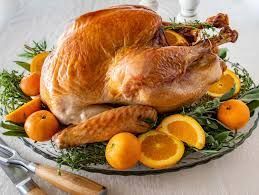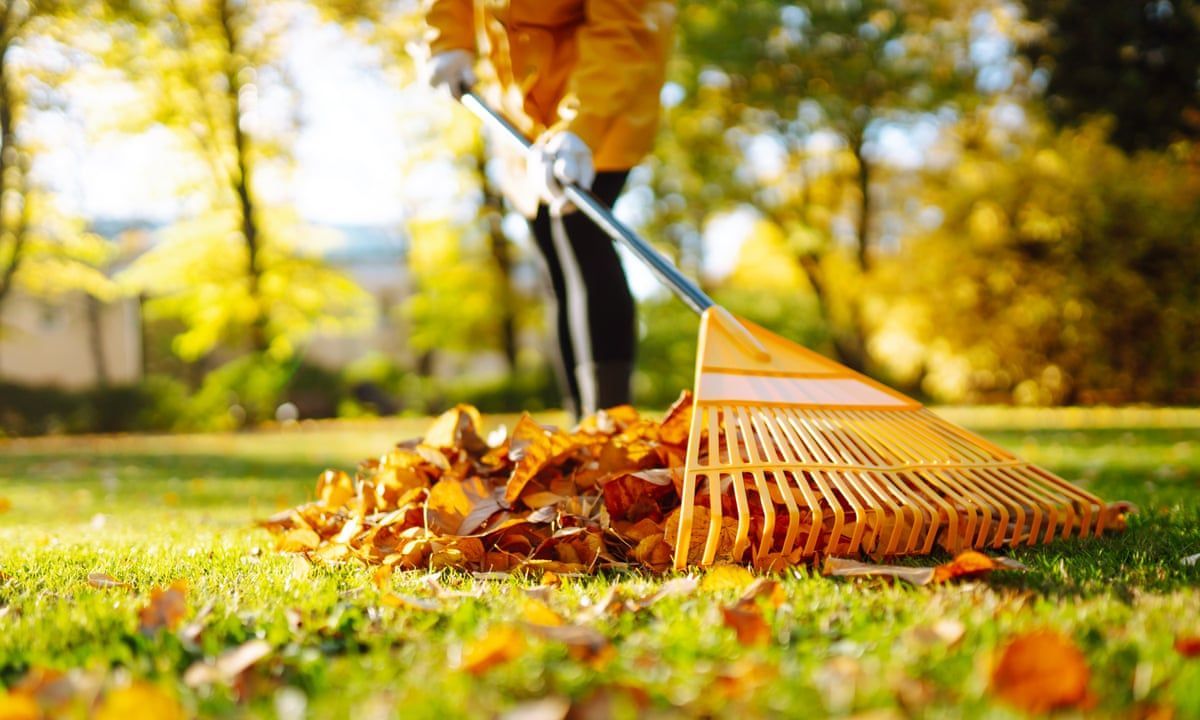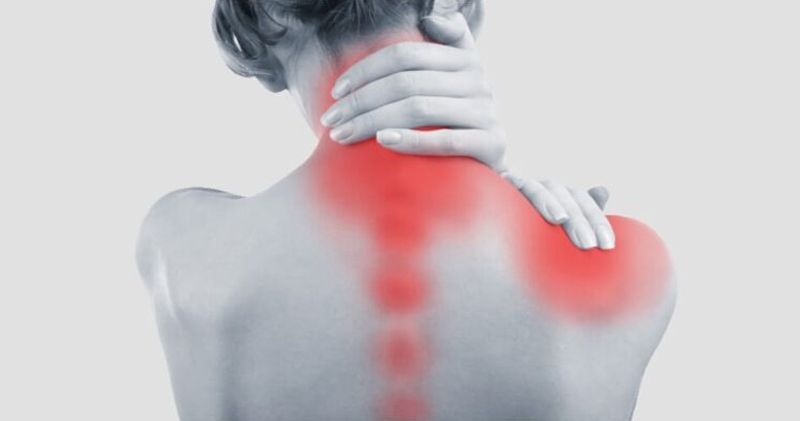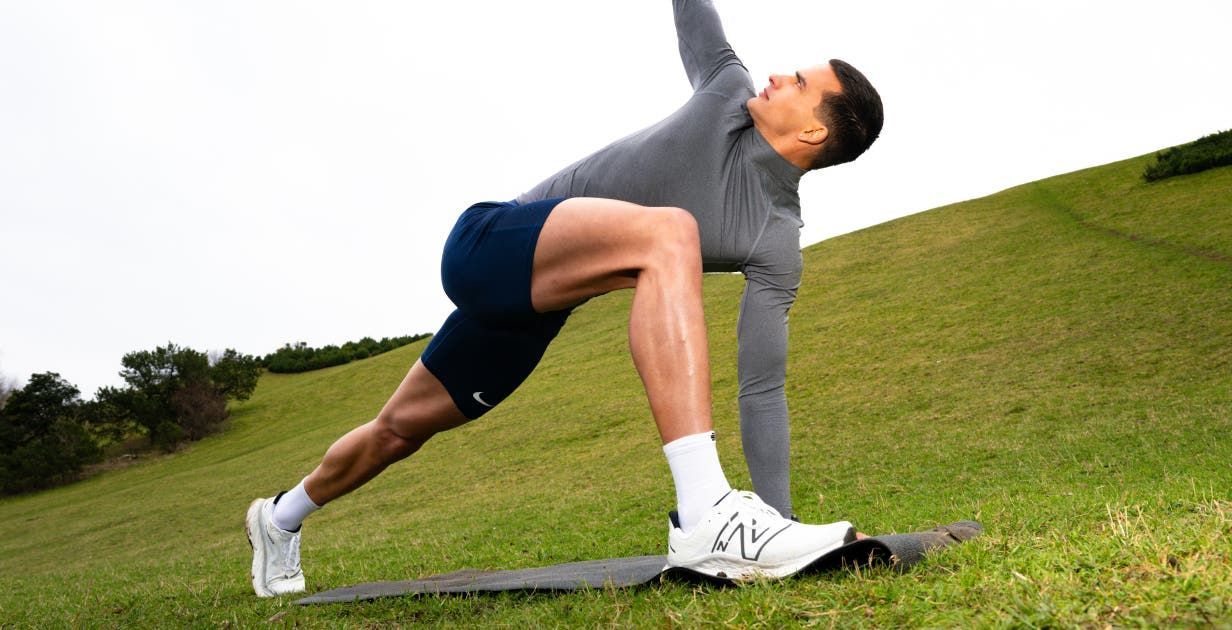Low-Impact Activities for Joint Health
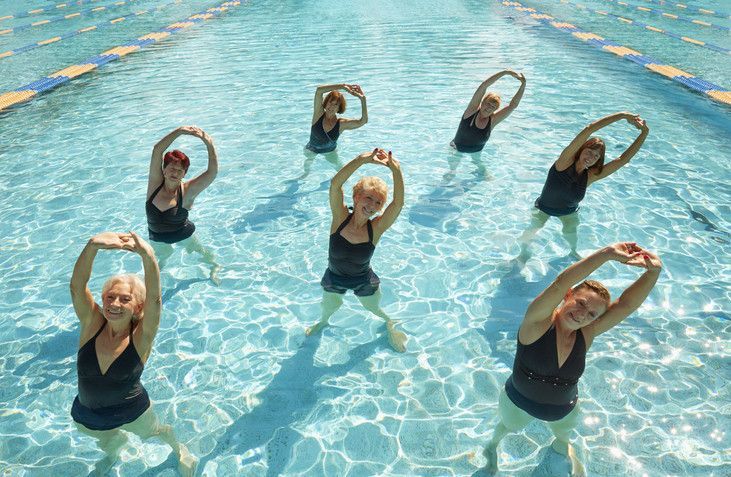
7 Best Low-Impact Activities for Lifelong Joint Health and Wellness
When it comes to staying active for life, not every workout needs to leave you drenched in sweat or sore for days. In fact, some of the most sustainable forms of exercise are the ones that are gentle on your joints, kind to your muscles, and easy to enjoy at any age. These are called low-impact activities—and they're essential for maintaining joint health, supporting longevity, and keeping your body (and mind) moving well for the long haul.
Whether you’re rehabbing an injury, managing arthritis, or simply looking to add more movement into your day without the wear and tear, low-impact exercise can be a game changer. Here are seven of the best low-impact activities to support healthy aging, strong muscles, and happy joints.
1. Walking: The Unsung Hero of Movement
It may not be flashy, but walking is one of the most effective and accessible low-impact exercises out there. Just 30 minutes a day can lower blood pressure, improve cardiovascular health, reduce joint stiffness, and even boost your mood.
Why it works: Walking is easy on the knees and hips, and it strengthens the muscles that support those joints. Plus, it’s incredibly versatile—take a walk solo to clear your head, stroll with a friend to catch up, or join a walking group for a little accountability and community.
Chiropractic tip: If you experience lower back or hip pain while walking, your gait or posture could be a factor. A chiropractic assessment can help fine-tune your alignment and keep you moving comfortably.
2. Swimming and Water Aerobics
Water supports your body and reduces the stress on joints, making aquatic activities ideal for people with arthritis, joint replacements, or chronic pain. Swimming builds strength and cardiovascular endurance without any pounding on your knees, hips, or spine.
Why it works: The resistance of water engages your muscles while cushioning your joints. Water aerobics classes also offer a fun and social way to get moving.
Massage tip: After a swim session, a massage can help relieve muscle tension, especially in the shoulders and neck, which are active during laps.
3. Cycling (Indoor or Outdoor)
Biking—whether on a stationary bike, spin class, or cruising your neighborhood—gets your legs moving without the harsh impact of running. It’s excellent for heart health, lower body strength, and boosting stamina.
Why it works: Cycling builds quadriceps, hamstrings, and calves—all muscles that support the knee joint. It's also a fun, freeing activity that can be done solo or with others.
Longevity bonus: Studies show regular cycling is associated with lower risk of chronic diseases and cognitive decline as we age.
4. Yoga
Yoga isn’t just for flexibility—it improves balance, builds strength, and supports joint mobility. It’s also a powerful tool for stress management, which is crucial for overall well-being.
Why it works: Gentle poses and flows allow for movement through a full range of motion while keeping joint compression low. Many styles of yoga cater to beginners or people with physical limitations.
Joint care tip: If certain poses aggravate your wrists, knees, or hips, a chiropractor or massage therapist can work with you to modify movements and improve your body mechanics.
5. Pilates
Pilates focuses on core strength, stability, and controlled movement. Like yoga, it emphasizes breath and alignment, but with a more structured approach to strengthening specific muscle groups—especially the deep muscles that protect your spine and pelvis.
Why it works: Pilates exercises are often performed lying down or seated, which limits joint stress while still engaging your muscles. It’s particularly beneficial for people with back pain or postural issues.
Chiropractic connection: Core stability is a big part of spinal health. Incorporating Pilates with chiropractic care can help reinforce alignment and prevent injury.
6. Tai Chi
Dubbed “meditation in motion,” tai chi is a centuries-old Chinese practice that blends slow, deliberate movements with focused breathing and balance training. It’s especially popular among older adults—and for good reason.
Why it works: Tai chi improves joint mobility, reduces the risk of falls, and supports mental focus. It’s an excellent choice for people with arthritis or neurological conditions, and its rhythmic motions are gentle on joints.
Bonus: Tai chi can be a very social activity, especially in group classes, offering connection and community that are just as important for health as movement itself.
7. Elliptical Training
If you love the cardio benefits of running but want something easier on the joints, an elliptical machine is your best friend. It mimics the motion of running without the high-impact landings.
Why it works: The elliptical provides a full-body, low-impact cardio workout that still strengthens major muscle groups. And because your feet never leave the pedals, there’s minimal stress on knees and hips.
Massage tip: Regular elliptical workouts can lead to tight hip flexors and calves. A targeted massage session can help reduce tension and improve muscle recovery.
The Bigger Picture: Why Low-Impact Matters
Low-impact doesn’t mean low reward. In fact, these activities are foundational to long-term wellness because they help you
stay consistent—the real secret to lasting health.
Here’s what makes low-impact exercise a long-term win:
- Joint Preservation: Less pounding = less wear and tear.
- Injury Prevention: Safe movement patterns reduce strain on soft tissues.
- Sustainable Routine: You’re more likely to stick with something that feels good.
- Mental Health Benefits: Movement improves mood, sleep, and cognition.
- Social Engagement: Many low-impact activities lend themselves to group settings, building community and accountability.
How Chiropractic and Massage Can Help You Stay in the Game
At our office, we love helping patients find the right movement routine—and supporting their bodies so they can keep doing it. Chiropractic adjustments keep your joints aligned and functioning smoothly. Massage therapy addresses soft tissue restrictions that can limit your range of motion or lead to compensations elsewhere in the body.
Together, chiropractic and massage care make a great team in supporting your low-impact lifestyle, whether you're walking every morning, joining a yoga class, or just getting back into activity after an injury.
Final Thoughts
Staying active doesn’t have to mean high intensity, high risk, or high pressure. The most important thing is that you move—regularly, joyfully, and in a way that supports your body today and twenty years from now.
Low-impact activities are more than just “gentle alternatives”—they're powerful, proven methods to build strength, preserve joint function, and foster a lifelong love of movement.
Ready to keep your joints happy and your body moving? Let’s talk about how chiropractic and massage care can support your fitness journey—at every age and every stage.
Need help tailoring your movement routine or recovering from an injury? Schedule an appointment with our chiropractic and massage team today at Peak Performance here in Buffalo, NY. We’re here to keep you in motion—for life.
Bethany Wolcott
D’Youville Chiropractic ‘26



